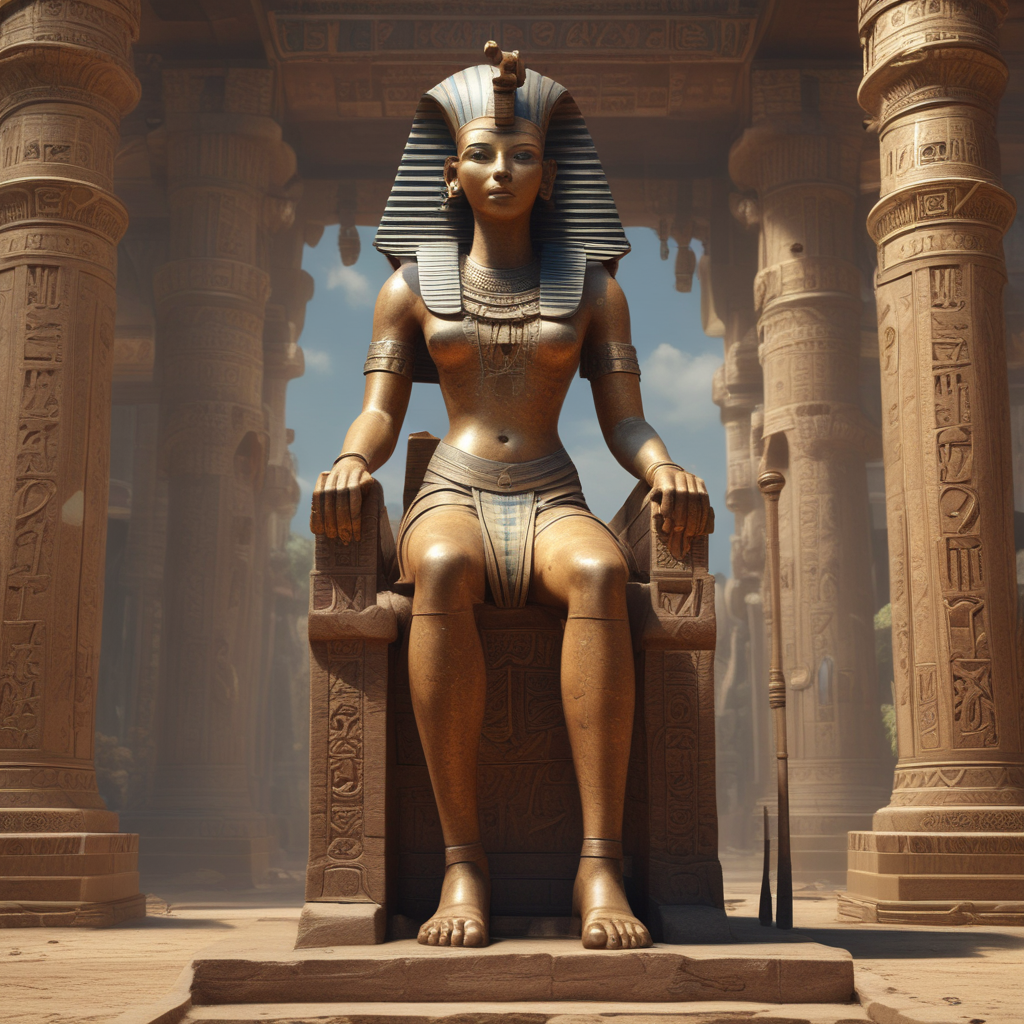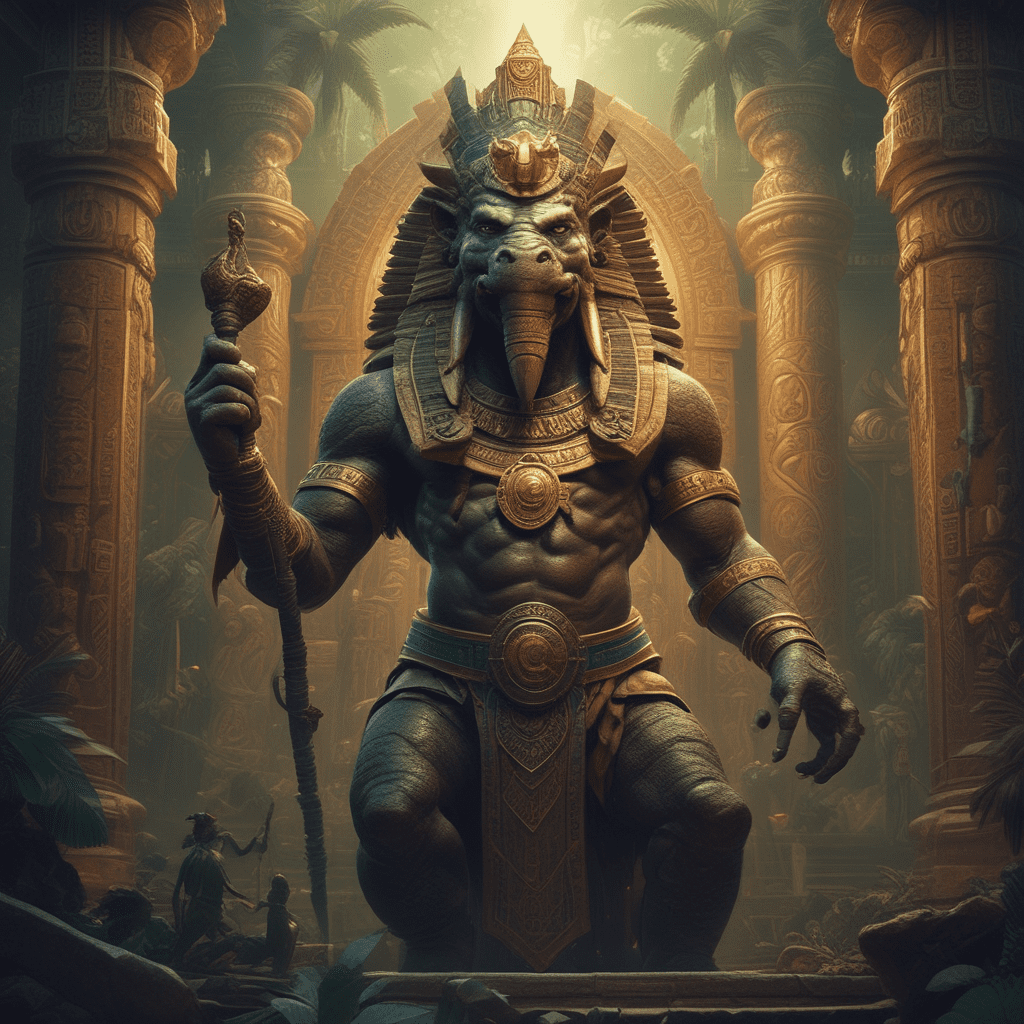The Myth of the Goddess Tefnut in Ancient Egypt
Who is Goddess Tefnut in Ancient Egyptian Mythology?
Goddess Tefnut holds a significant place in the ancient Egyptian pantheon. She is considered the goddess of moisture, rain, and dew. Tefnut is often depicted as a lioness or as a woman with the head of a lioness. Her presence in Egyptian mythology symbolizes fertility and the life-nurturing force of water.
What is the Role of Goddess Tefnut?
In Egyptian mythology, Tefnut is believed to be one of the first deities created by the god Atum. She, along with her twin brother Shu, represents the elements of moisture and air respectively. Tefnut’s role is crucial in the creation myth as she is attributed with bringing moisture to the world, which was vital for sustaining life and promoting growth.
Symbolism and Importance of Goddess Tefnut
The symbolisms associated with Tefnut extend beyond mere physical representations. She embodies the concepts of rejuvenation, purification, and renewal. Additionally, Tefnut is often linked to the power of creation and the cycles of life, thus making her presence pivotal in Egyptian religious beliefs and rituals.
Legacy of Goddess Tefnut
The legacy of Goddess Tefnut endured throughout ancient Egyptian civilization and her worship continued over many centuries. Her influence was felt in various aspects of daily life, from agricultural practices dependent on rainfall to spiritual ceremonies seeking her blessings for abundance and prosperity. Even in contemporary times, the myth of Tefnut serves as a reminder of the interconnectedness of nature, divinity, and human existence.
FAQ about the Myth of the Goddess Tefnut in Ancient Egypt
Who was Tefnut in Ancient Egyptian mythology?
Tefnut was a prominent goddess in Ancient Egyptian mythology, often depicted as a lioness or a woman with the head of a lioness. She was seen as the personification of moisture, representing the concept of dew, rain, and water.
What was the role of Tefnut in Egyptian mythology?
Tefnut was considered one of the creator goddesses in Egyptian mythology, associated with the primordial waters. She played a crucial role in the creation story, being the daughter of the sun god Ra and serving as the eye of Ra to seek out his enemies.
Did Tefnut have any significant myths associated with her?
One notable myth involving Tefnut is her temporary departure from Egypt, which caused turmoil and chaos. This led to her brother Shu (the air god) being dispatched to bring her back, restoring balance and order to the world with her return.
What symbols were attributed to Tefnut?
Tefnut was often symbolized by the lioness, representing power and ferocity. She was also associated with the uraeus (cobra), a symbol of protection and divine authority in Egyptian culture.
How did the ancient Egyptians honor Tefnut?
Tefnut




